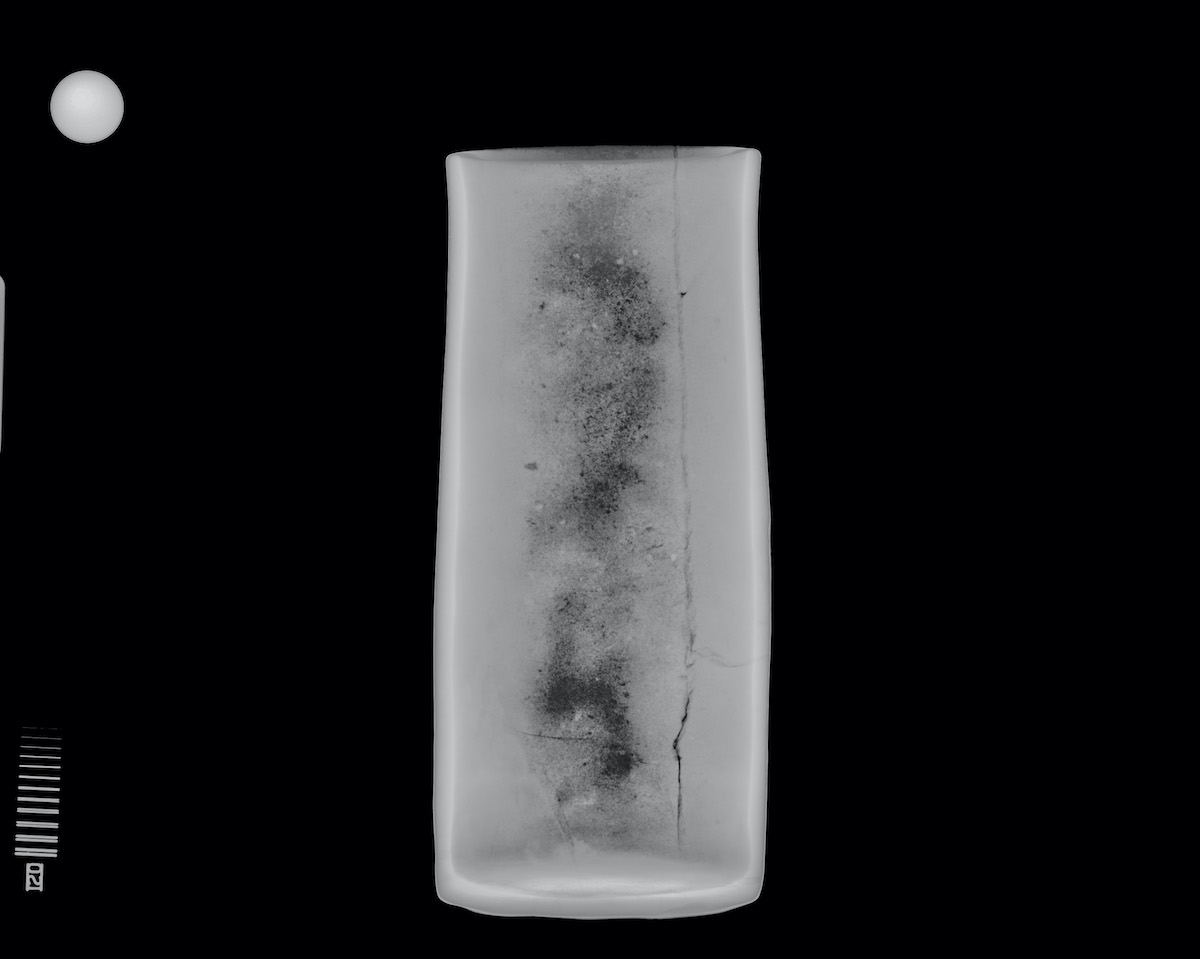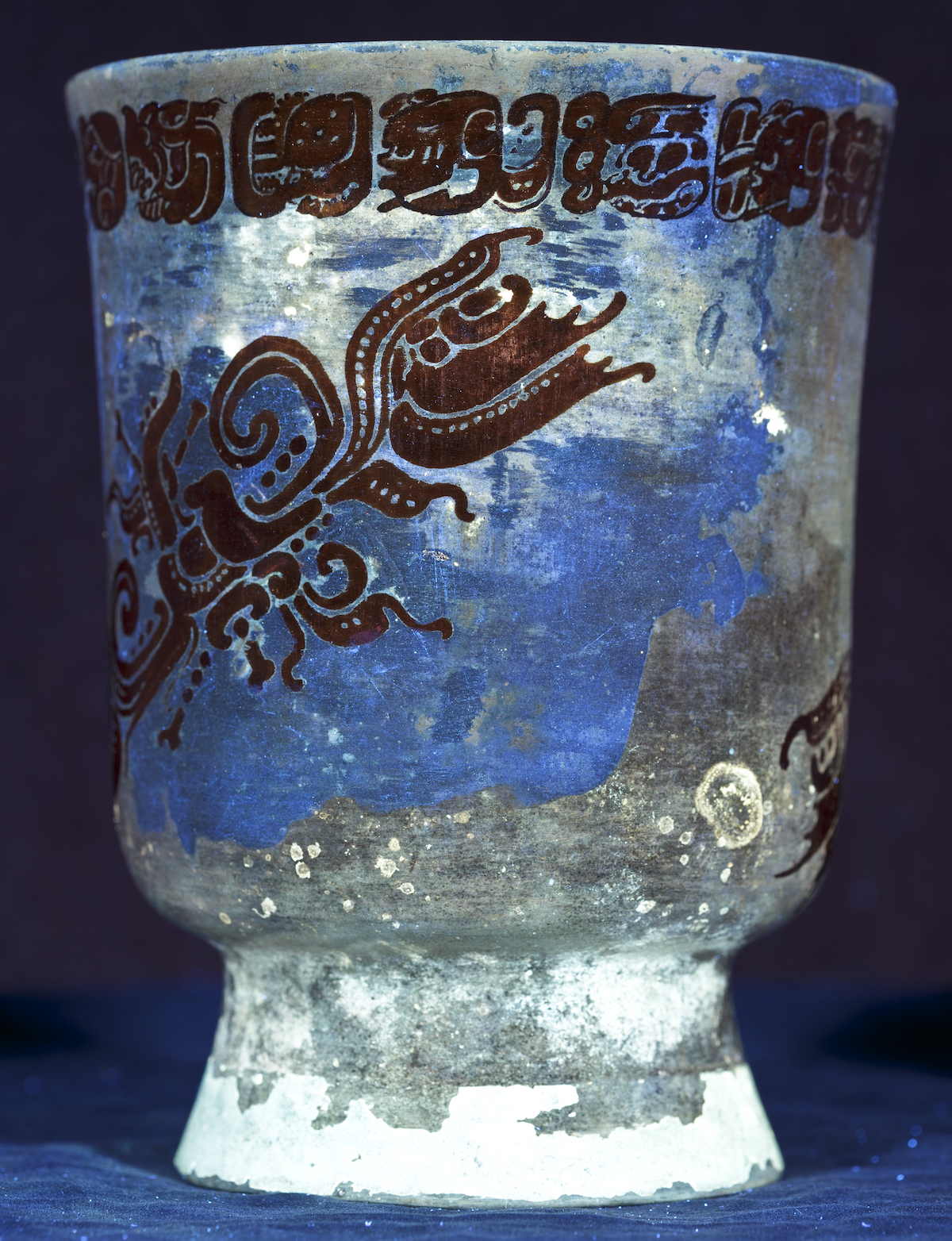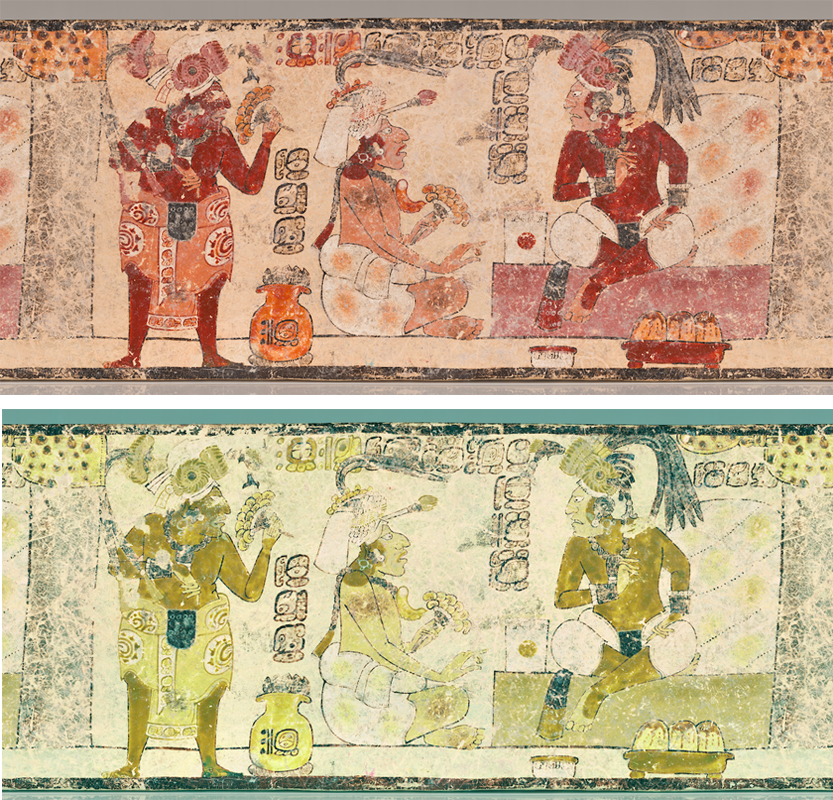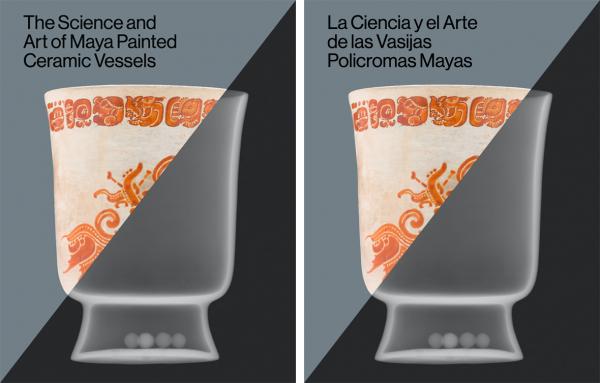LACMA is proud to announce the release of its latest open-access publication, which is available in both English and Spanish editions: The Science and Art of Maya Painted Ceramic Vessels: Contextualizing a Collection / La Ciencia y el Arte de las Vasijas Policromas Mayas: Contextualizando una Colección. Co-edited by Dr. Diana Magaloni, LACMA’s Deputy Director, Program Director, and Dr. Virginia Fields Curator of Art of the Ancient Americas, and Suzanne D. Booth and David G. Booth Conservation Center Director, and Dr. Megan E. O’Neil, former Associate Curator of Art of the Ancient Americas now Assistant Professor of Art History at Emory University and Faculty Curator of the Art of the Americas, this publication is the result of an ambitious collaboration between the museum’s Conservation Center and Art of the Ancient America’s department.

The Science and Art of Maya Painted Ceramic Vessels presents extensive research on 25 Maya painted ceramic vessels from LACMA’s collection undertaken as part of the Maya Vase Research Project, which started in 2015. Conducted by a team of curators, conservators, a conservation scientist, a conservation photographer, and invited scholars, this interdisciplinary project examined the materials and artistic processes involved in the creation of these objects. A methodological approach centered around controlled microarchaeological investigation allowed each item to reveal the kinds of knowledge and human skills involved in its conception and manufacturing; this approach recovered cultural and social contexts that are lost in modern histories in part because of uncontrolled digging and the pressures of the international art market. Weaving together findings from close observations of these artworks, scientific analyses of their constituent materials, and Indigenous knowledge of traditional ceramic engineering and artistry, this book allows a glimpse into the minds of Classic Maya artists—their empirical knowledge of the natural world, as well as their technical skill that transformed raw materials into art.

“The study is a way to reach for the creators, to envision their world,” said Dr. Magaloni. “What this book offers is a methodology to answer questions about the exquisite ceramic works Maya artists crafted and painted. How did they build the ceramic body? How did they achieve such a variety of thin, colorful ceramic paints or engobes? How did aesthetic ideals drive the development of particular techniques and skills? How can we identify different workshops of potters and painters?”
The publication serves three overlapping and interrelated roles: as a methodological handbook, encouraging other technicians to replicate this study’s scientific processes; as a technical catalogue, documenting in depth the findings of this study for each of the vessels under consideration; and as an anthropological and art historical reflection on the cultural, historical, and artistic phenomena that enveloped the creation of these sorts of colorful vessels. Contributors include Oswaldo Chinchilla Mazariegos, Charlotte Eng, Héctor Leonel Ayala Escobedo, John W. Hirx, Stephen Houston, Laura Maccarelli, Diana Magaloni, Mary E. Miller, Megan E. O’Neil, Yosi Pozeilov, and Dorie Reents-Budet and Ronald L. Bishop.

The publication, available for free in English and Spanish on LACMA’s website and on archive.org, was made possible by the generous support of Daniel Greenberg, Susan Steinhauser, and The Greenberg Foundation. Support for LACMA's Art of the Ancient Americas department was provided by The Andrew W. Mellon Foundation and Gregory Annenberg Weingarten, GRoW @ Annenberg.
Read the English edition.
Read the Spanish edition.



